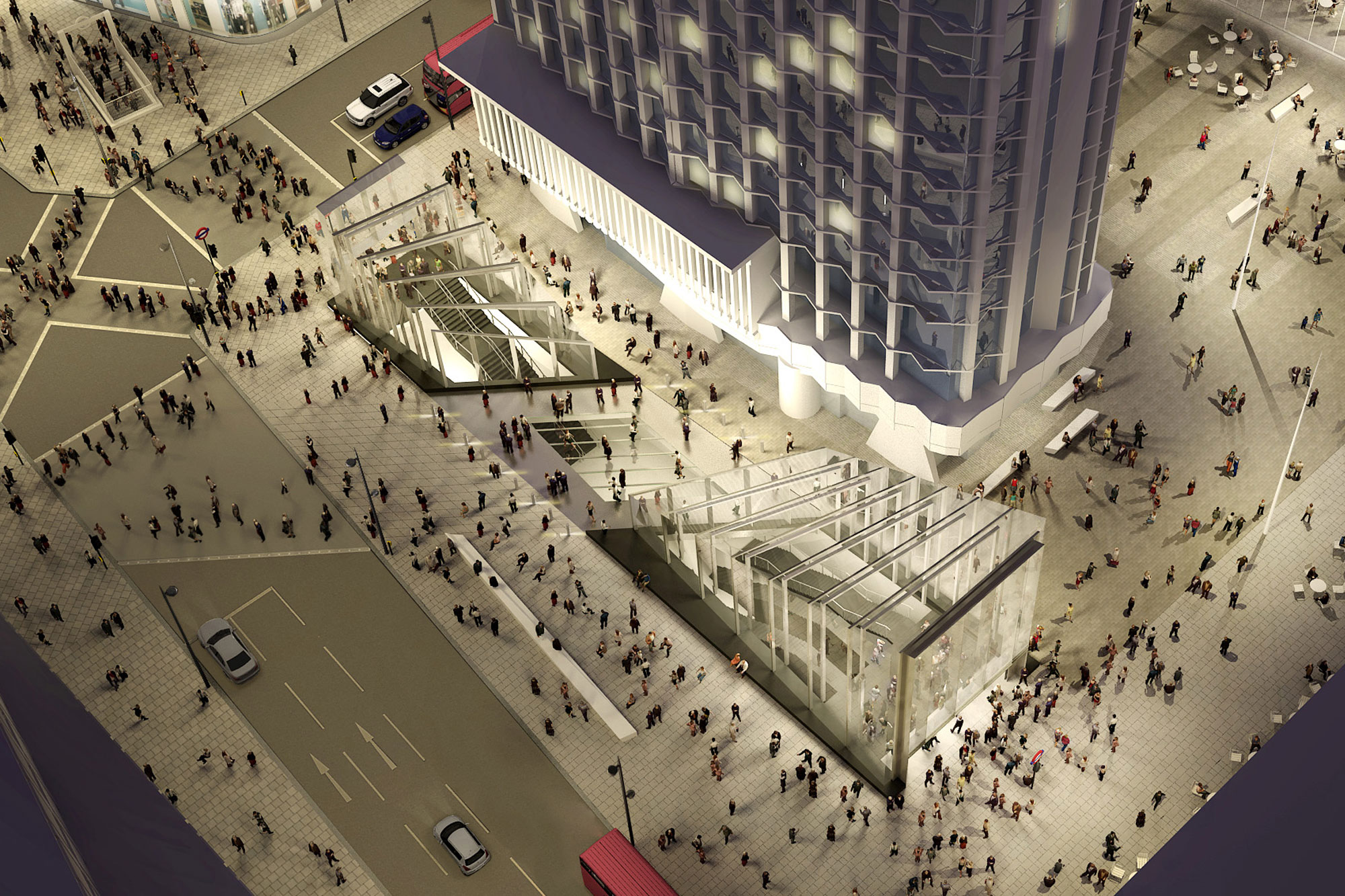Features Crossrail
The Post Building sits at London’s great crossroads, between routes going north to south and east to west. Its connectivity is set to swell.
The way many Londoners get around the city will change for good when the Elizabeth line (Crossrail) takes its first passengers. The trains will be almost twice as long as current London Underground carriages and will travel through every two and a half minutes, carrying passengers on brand new, air-conditioned and WiFi / 4G-enabled trains.

Europe’s largest infrastructure project will have a network spanning over 40 stations and stretching from Shenfield, Essex in the east and as far as Heathrow or Reading in the west. The Elizabeth line will carry an estimated 200 million people per year and bring an extra 1.5 million people to within 45 minutes of central London. Suddenly, new areas of the Home Counties will be commutable. Resident workers of The Post Building will readily feel this benefit; less time spent commuting, more time doing the things they enjoy at home or work.
At the beating heart of the decades-long, approx. £18 billion project is Tottenham Court Road station. It is the geographical and symbolic centre of Crossrail, connecting the Elizabeth line with the Central and Northern lines and Essex with Berkshire. Tottenham Court Road station originally opened 118 years ago and it has undergone extensive works to welcome Crossrail.
Last year, a renovation of the main terminus under St Giles Circus was unveiled in preparation, giving a taste of things to come. The £500 million revamp saw the station become step-free, with two huge steel and glass light wells created to open up to Centre Point, the iconic 1960s building and one of London’s first skyscrapers. A graphic art installation by French artist Daniel Buren was unveiled. Its orange, red and yellow geometric shapes were a neat link to the technicolour mosaic friezes on the platforms downstairs. They were created by Eduardo Paolozzi in the 1980s and were given a spruce up as part of Tottenham Court Road’s broader renovation. There is more art to come: an applied gold-leaf artwork by Richard Wright will form the ceiling of one of the eastern escalator boxes. Douglas Gordon, who won the Turner Prize in 1996, will create a series of digital artworks at the western end. A second ticket hall will open on Dean Street further west.
Bordering Soho, Fitzrovia and Bloomsbury and connecting Oxford Street with Shaftesbury Avenue, Tottenham Court Road has long been a frenetic hub. The plan is to not just help people pass through London quicker with Crossrail, but to also create somewhere that people want to linger.